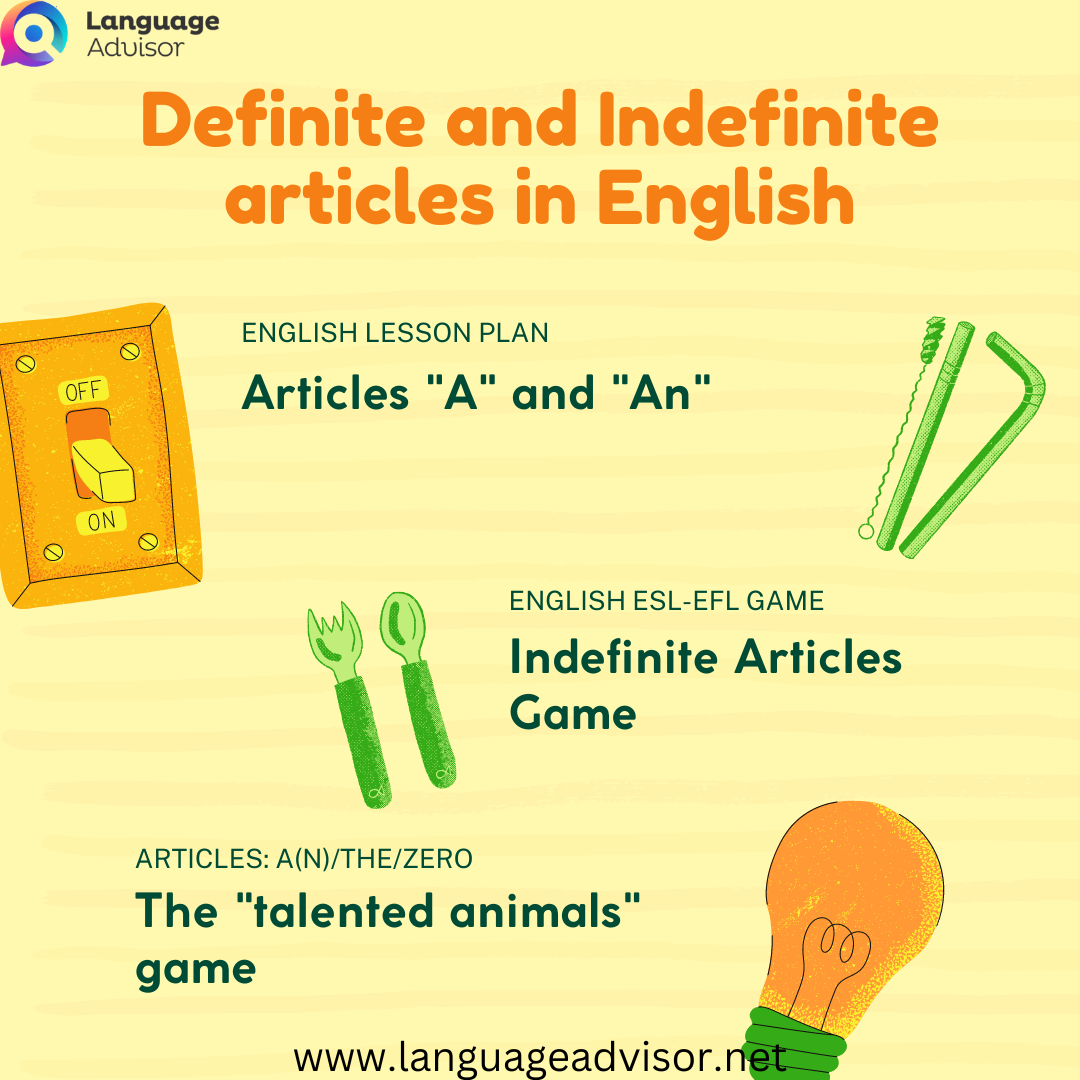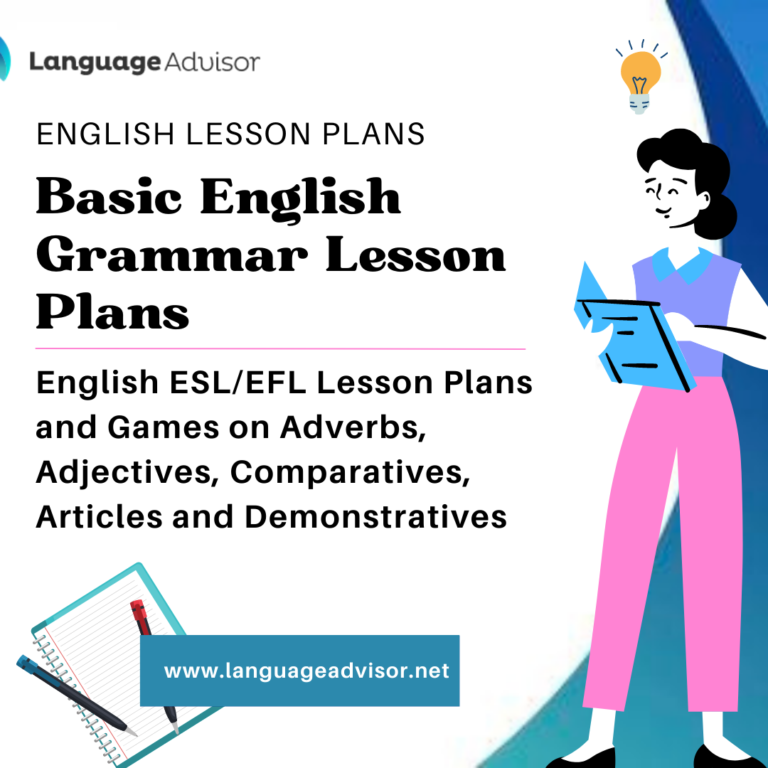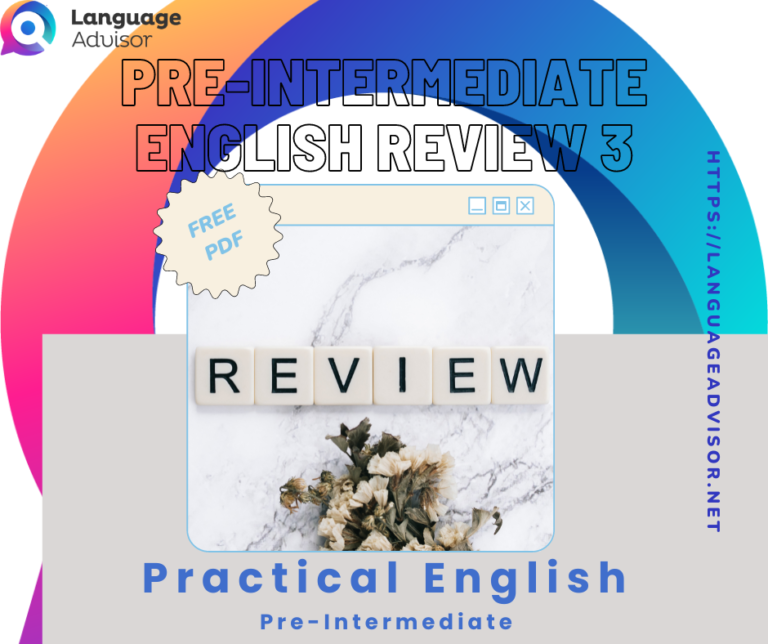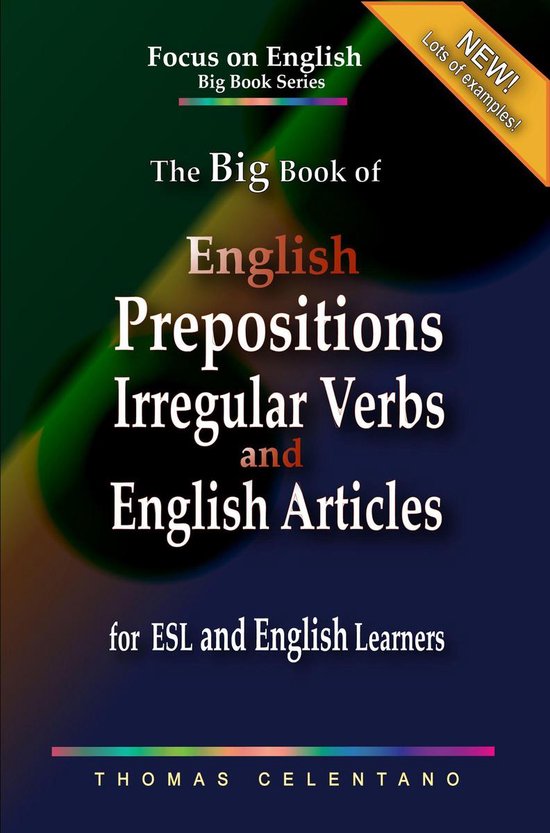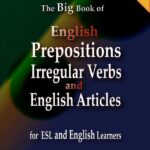Definite and Indefinite articles. Engish lesson plans and English games to teach the indefinite and Definite articles in English
Definite and Indefinite articles

The English Articles
In English there are three articles: a, an, and the. Articles are used before nouns or noun equivalents and are a type of adjective. The definite article (the) is used before a noun to indicate that the identity of the noun is known to the reader. The indefinite article (a, an) is used before a noun that is general or when its identity is not known.





The English Definite article
The definite article the is the most frequent word in English.
We use the definite article in front of a noun when we believe the listener/reader knows exactly what we are referring to:
- because there is only one:
The Pope is visiting Russia.
The moon is very bright tonight.
Who is the president of France?
This is why we use the definite article with a superlative adjective:
He is the tallest boy in the class.
It is the oldest building in the town.
- because there is only one in that context:
We live in a small house next to the church. (= the church in our village)
Dad, can I borrow the car?(= the car that belongs to our family)
When we stayed at my grandmother’s house, we went to the beach every day. (= the beach near my grandmother’s house)
Look at the boy over there. (= the boy I am pointing at)
- because we have already mentioned it:
A young man got a nasty shock when he tried to rob a jewellery shop in Richmond. The man used a heavy hammer to smash the windows in the shop.
We also use the definite article:
- to say something about all the things referred to by a noun:
The wolf is not really a dangerous animal. (= Wolves are not really dangerous animals.)
The kangaroo is found only in Australia. (= Kangaroos are found only in Australia.)
The heart pumps blood around the body. (= Hearts pump blood around bodies.)
We use the definite article in this way to talk about musical instruments:
Joe plays the piano really well.
She is learning the guitar.
- to refer to a system or service:
How long does it take on the train?
I heard it on the radio.
You should tell the police.





The English Indefinite Articles
We use the indefinite article, a/an, with singular nouns when the listener/reader does not know exactly which one we are referring to:
Police are searching for a 14-year-old girl.
We also use it to show that the person or thing is one of a group:
She is a pupil at London Road School.
Police have been looking for a 14-year-old girl who has been missing since Friday.
Jenny Brown is a pupil at London Road School. She is 1.6 metres tall, with short, blonde hair. When she left home, she was wearing a blue jacket, a blue and white blouse, dark blue jeans and blue shoes.
Anyone who has information should contact the local police on 0800 349 781.
We do not use an indefinite article with plural nouns or uncount nouns:
She was wearing blue shoes. (plural noun)
She has short, blonde hair. (uncount noun)
We use a before a consonant sound:
| a banana (starts with /b/) | a university (starts with /j/) |
and an before a vowel sound:
| an orange (starts with /o/) | an hour (starts with /au/) |
Note that the choice of a or an depends on sound, not spelling.





Here are 3 activities to learn and practice the English articles


Articles “A” and “An”
Objectives: Students should be able to identify “a” and “an” and be able to identify which article belongs with a given noun.
Warm-Up:
Review the vowels and consonants by going over these activities. Have the students sing the alphabet song clapping on only the vowels so that they are practicing both the alphabet and how it is further subdivided. Ask the students what the “vowels” are and have them write them on the board, and do the same with the consonants.
Presentation:
Make a chart on the board to demonstrate that “a” is used with consonants and that the article “an” is used with vowels. Include examples of this by using the classroom vocabulary words already learned. So for example write “a pencil” or “a pen.” Introduce new vocabulary in order to provide other examples.
Practice:
– New Vocabulary 20 Words:
Fruits and Vegetables =
1. lemon =
2. carrot=
3. banana =
4. cucumber =
5. apple =
6. pepper =
7. pear =
8. potato =
9. cherry =
10. tomato =
11. orange =
12. onion =
13. strawberry =
14. lettuce =
15. raspberry =
16. asparagus =
17. watermelon =
18. eggplant =
19. apricot =
20. corn =
– After students have copied the new vocabulary into their books have them identify the first letter of each new word as either a vowel or a consonant for practice. Then have the students decide which article (either “a” or “an”) needs to be paired with each word.
– Have students first write their answers in their notebooks and then do as a class.
– To further illustrate the point write sentences on the board that force the students to see how articles are used in the context of the English language.
For example:
1. ____ apple is ___ fruit.
2. ____ carrot is ____ vegetable.
3. ____ cherry is ____ fruit.
4. ____ onion is ____ vegetable.
5. ____ apricot is ____ fruit.
6. ____ eggplant is ____ vegetable.
7. ____ pear is ____ fruit.
8. ____ tomato is ____ vegetable.
9. ____ orange is ___ fruit.
10. ____ asparagus is ___ vegetable.
– Have the students then read the sentences aloud for oral practice.
Homework:
Give out new “animal” vocabulary words, and have students place an article “a” or “an” in front of the new words. And for additional practice have the students circle all of the vowels in the words.
Animals =
1. ape =
2. donkey =
3. horse =
4. goat =
5. sheep =
6. elephant =
7. duck =
8. camel =
9. dog =
10. cat =
11. ostrich =
12. cow =
13. bird =
14. ox =
15. turkey =





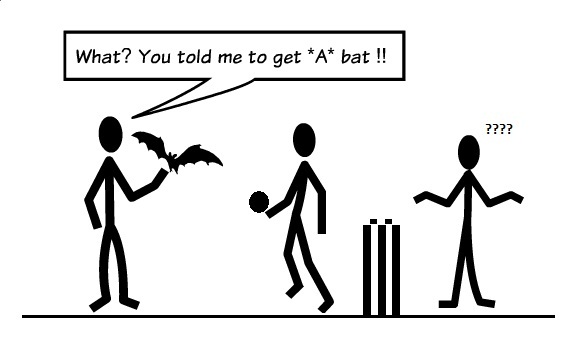

Indefinite Articles Game
Ask students to imagine they are in someone’s house (it could be anyone’s house: the teacher’s, one of the student’s, the house of a famous person well known to the students, etc).
Ask the students what they can see, allowing them to identify anything they like.
Here is an example of how the game can be run:
Student 1:
In Mike’s house I can see a table.
Student 2:
In Mike’s house I can see a table and an apple.
Student 3:
In Mike’s house I can see a table, an apple and a spoon.
Student 4:
In Mike’s house I can see a table, an apple, a spoon and an umbrella.
To stay in the game, students need to remember what has been identified by previous students and use the correct indefinite article for each noun mentioned.





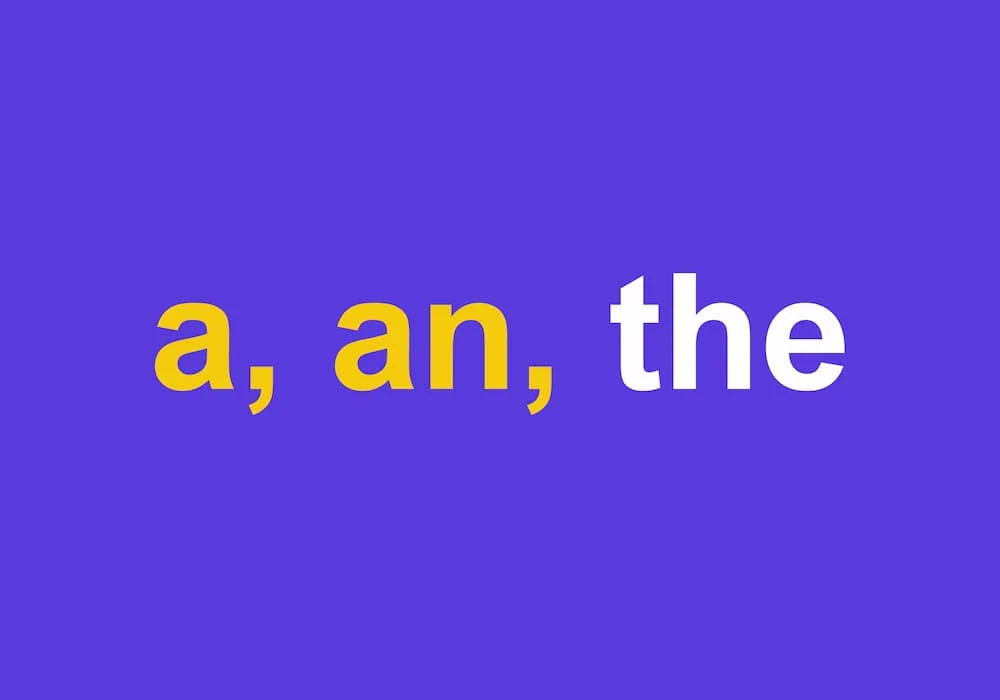

Articles: a(n)/the/zero
This game is called “talented animals” and is designed to help students apply a range of articles correctly to specific common lexical categories.
Students are going to create their own “talented” animals that can play a musical instrument and play a kind of sport. These categories open the way for application of the indefinite (a/an) article, the definite (the)
article, and the zero article.
The activity begins with the teacher ruling off three columns on the whiteboard. In the first column, the class brainstorms a list of animals. In the second column they choose a list of musical instruments. In the third column the class selects a variety of different sports. Once these three lists have been filled out, the teacher indicates that the first column with require “a” or “an”, the second column requires “the” and the third column requires nothing (i.e., neither “a/an” or “the”.
Students then set out to create their “talented animals”, which they describe for the class:
Student 1:
My talented animal is a tiger. It can play the guitar and it can play soccer.
Student 2:
My talented animal is a lizard. It can play the trumpet and it can play
basketball.
Student 3:
My talented animal is an elephant. It can play the violin and it can play
baseball.
Student 4:
My talented animal is an ant. It can play the drums and it can play
badminton.
Once students become accustomed to this pattern, other descriptive categories can be added which also apply articles in regular and specific ways. For example, the students can be required to indicate how often the animals practice their instruments and sports
(requiring an indefinite article, as in “twice a week” or “five times a day”), what countries the animals come from (requiring a zero article except in cases such as “The United States”), what time they eat breakfast, lunch and dinner (zero article), and what school
subjects they are good at (also zero article).





Here are some other activities on the English Articles






